Eucalyptus where great blue herons nest threatened as new public works project surfaces
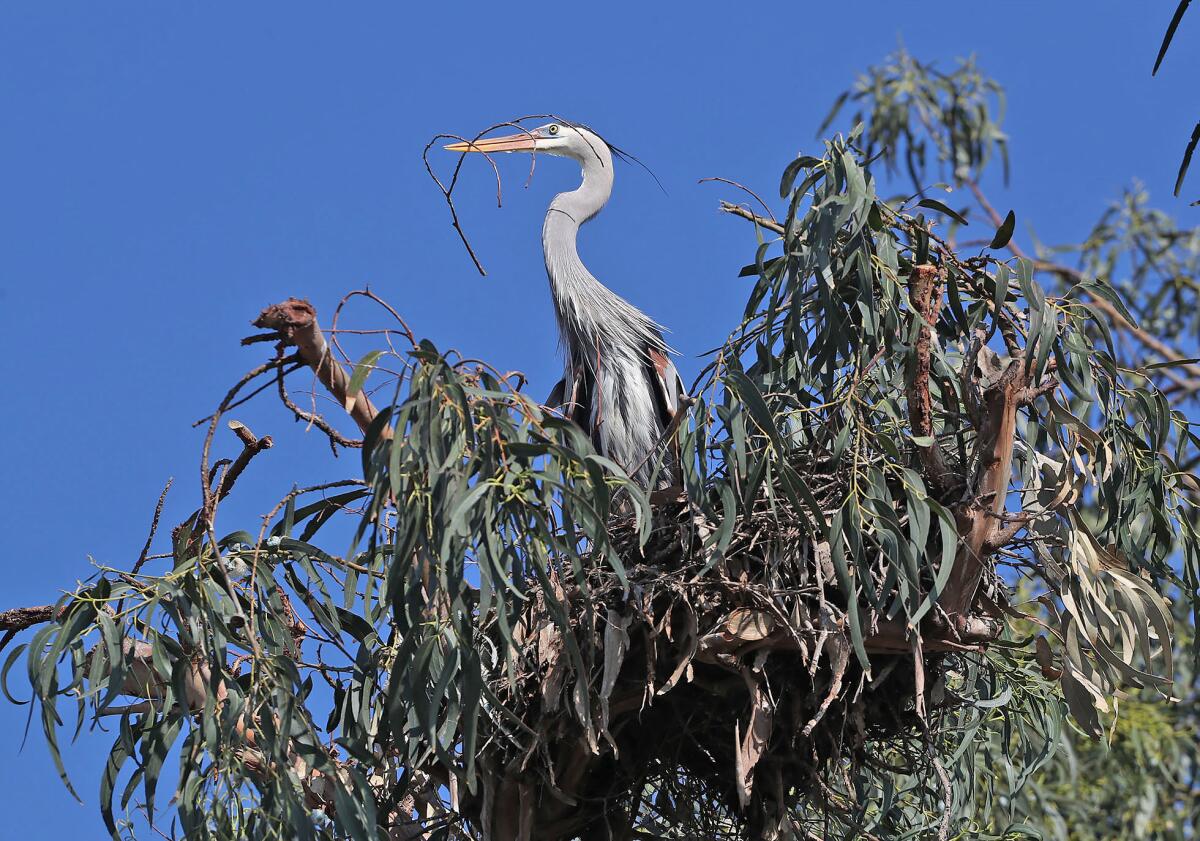
A proposed library and fire station project on the Balboa Peninsula might force the removal of a nearby eucalyptus tree known to be a great blue heron nesting area, prompting both environmentalists and nearby residents to sound the alarm.
The project was presented at a recent Board of Library Trustees meeting, during which early designs were presented by COAR Design Group for the replacement of the Balboa Branch Library and Fire Station No. 1 on Balboa Boulevard. The library was built in 1929, while the fire station was constructed in 1962.
According to a 2021 study of the condition of city facilities, both buildings are considered to be in poor shape and in need of updates to bring them to current standards. Proposed changes to the facilities include a playground, parking, outdoor programming and storage of public works beach equipment . Improvements to accessibility and maintaining the existing sewer easement are also needed, according to the presentation.
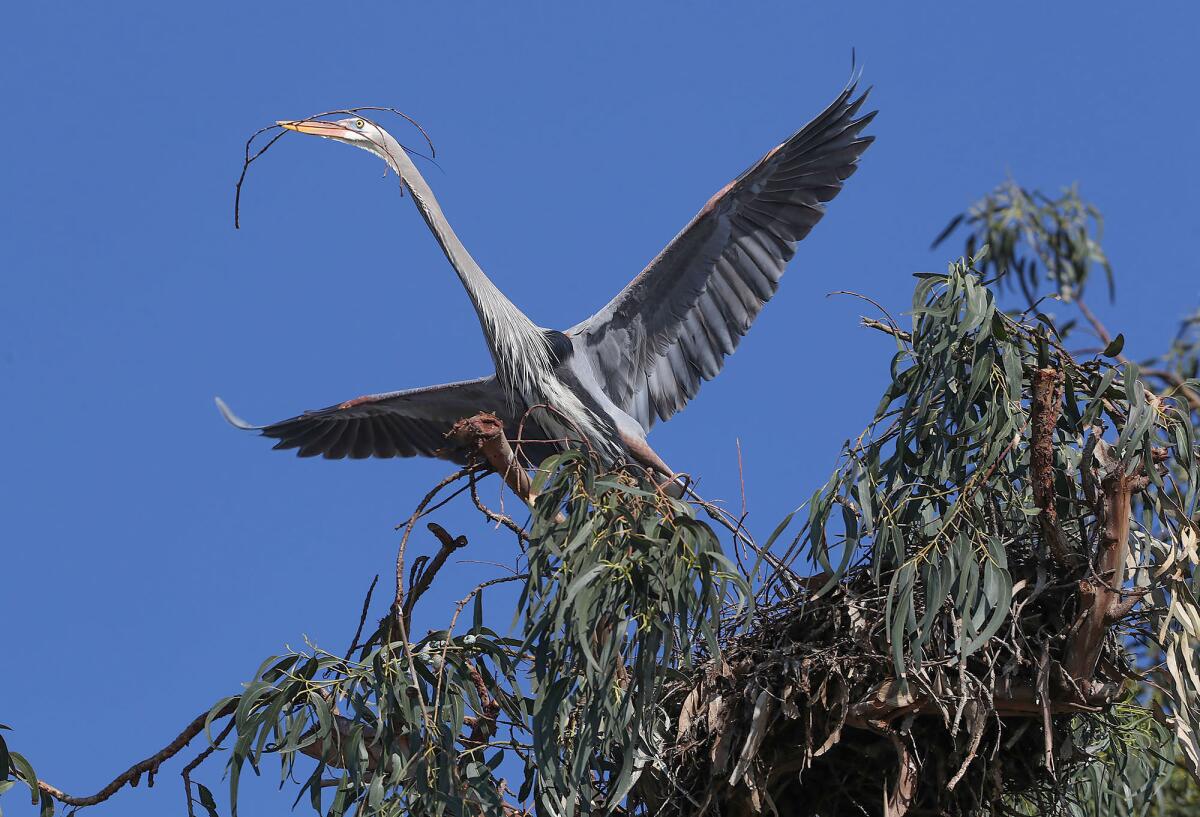
Making those updates affects the footprint of each respective property. For the library, that means going from an estimated 4,500 square feet down to 3,925 square feet. The fire station, would be expanded from its current 3,432 square feet to 5,100, including apparatus bays. The proposed improvements also include the previously listed amenities.
But missing from the plans, according to concerned residents, is the eucalyptus tree that stands near the Balboa Branch Library.
The same tree was threatened last year as city staff said it was experiencing severe internal decay and needed to be removed. But when active nests were spotted in the tree, the removal was stayed, and the tree has remained in place.
Other eucalyptus trees on the property have already been removed because of rot at their bases. City staff said the remaining tree is showing signs of the same damage and within another four to five years it would have to be removed for public safety.
Now, both possible design options for the updated facilities call for the removal of the tree to allow for the playground, parking and for adequate room for fire trucks to turn. City spokesman John Pope said the tree will not go down for at least another year, when construction is expected to begin, and that the removal will occur after the end of the nesting season for great blue herons, which stretches from February to May.
This timing for the removal would keep the city out of violation of the Migratory Bird Treaty Act of 1918, which protects most bird nests from human interference without a permit but only until nesting seasons have ended.
On Tuesday, great blue herons could be spotted in the tree, rebuilding their nests to reestablish their rookery.
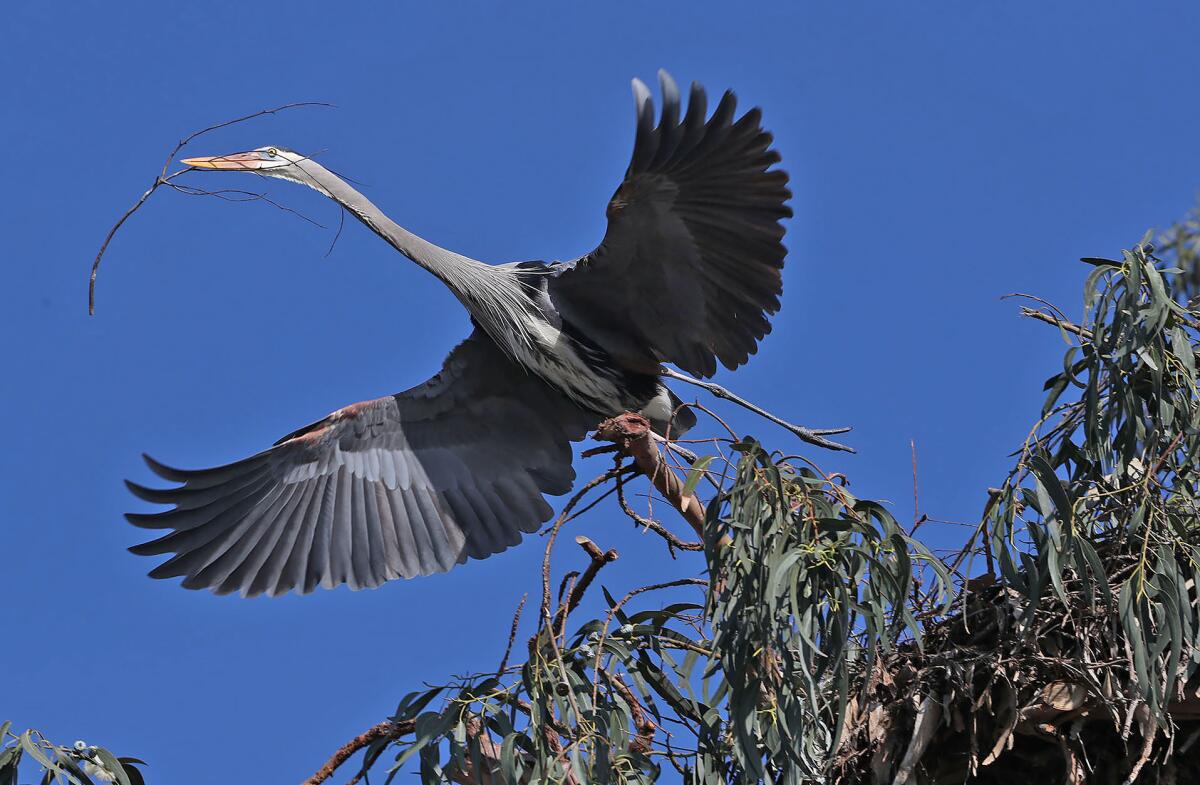
Nearby resident Michele Silver, who lives on Edgewater Place, said she heard about the project and plans for the tree removal from another neighbor. Silver described herself as a tree lover and bird enthusiast.
“That tree is sort of becoming an object to me of interest since our city seems to be removing more trees than actually planting trees,” said Silver. “But, to have a tree of that age — which I’ve been in my home 46 years, but I’ve been on the Peninsula off and on almost my whole life — you can almost count on your hands how many trees we have left. It seems as though growth and building homes to the maximum are more important. I love that the blue herons have nested there.
“I know they are considered by some people to be a nuisance, but most of us who live here do not see it that way. I’ve never been a tree hugger to the point where I would literally chain myself to a tree; but, I do feel very strongly about this being an icon.”
Julie Mattson, who lives on Island Avenue, said she felt disheartened by the project, noting that she doesn’t see much need for a playground when Marina Park is so close by. She said she would rather see the library’s children’s reading room enlarged. Silver agreed, adding she had a granddaughter of her own, but didn’t see a playground addition as something the community didn’t already have.
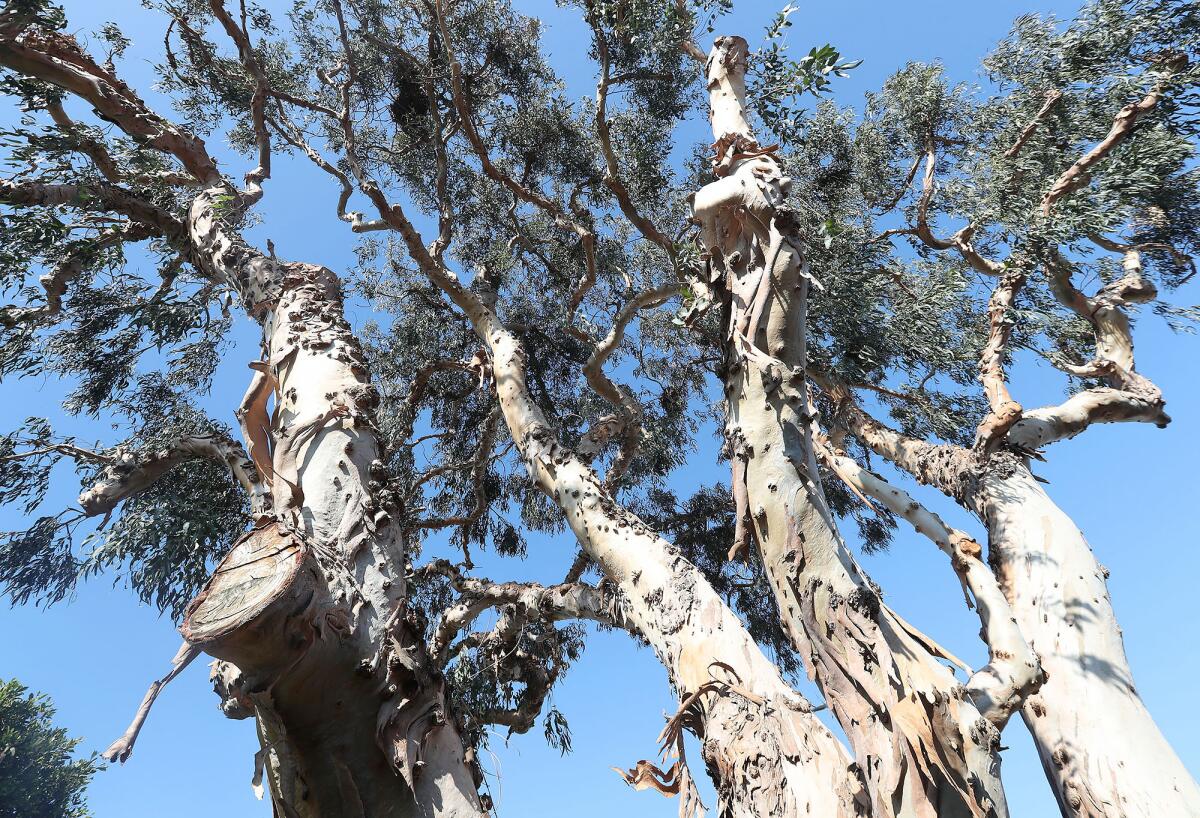
“I’m no arborist, and I don’t think a new library is a bad idea, but ... the playground is a bad idea and a waste of space. The city is removing far too many trees and nature for new structures all over Newport Beach. Incorporate our tree. Make it work. Keep the neighborhood happy,” she said.
City staff confirmed Wednesday they are currently responsible for 4,573 trees on the Balboa Peninsula.
Silver, Mattson and fellow neighbor Kathy Frazer said they felt the surrounding neighborhoods were not given enough notice about the project and that the drawn-up plans indicated the city was uninterested in hearing out naysayers.
“It was clear at that meeting that the project was very far along without any of our input, and that is my biggest concern,” said Frazer.
Pope said the city’s public works department would be going through a tree removal process with the Parks, Beaches and Recreation Committee at a meeting tentatively scheduled for March and that the landscaping plan is still being developed. The exact types of trees or number is still up in the air, he said. At a minimum, eight trees are expected to be planted on site to mitigate the loss of the eucalyptus.
Wetlands & Wildlife Care Center executive director Debbie McGuire said she heard about the possible tree removal last week from residents, including Silver, and that she’d reached out to the city and federal Fish and Wildlife Service to notice them of the matter. Removing the tree, McGuire said, was like evicting people.
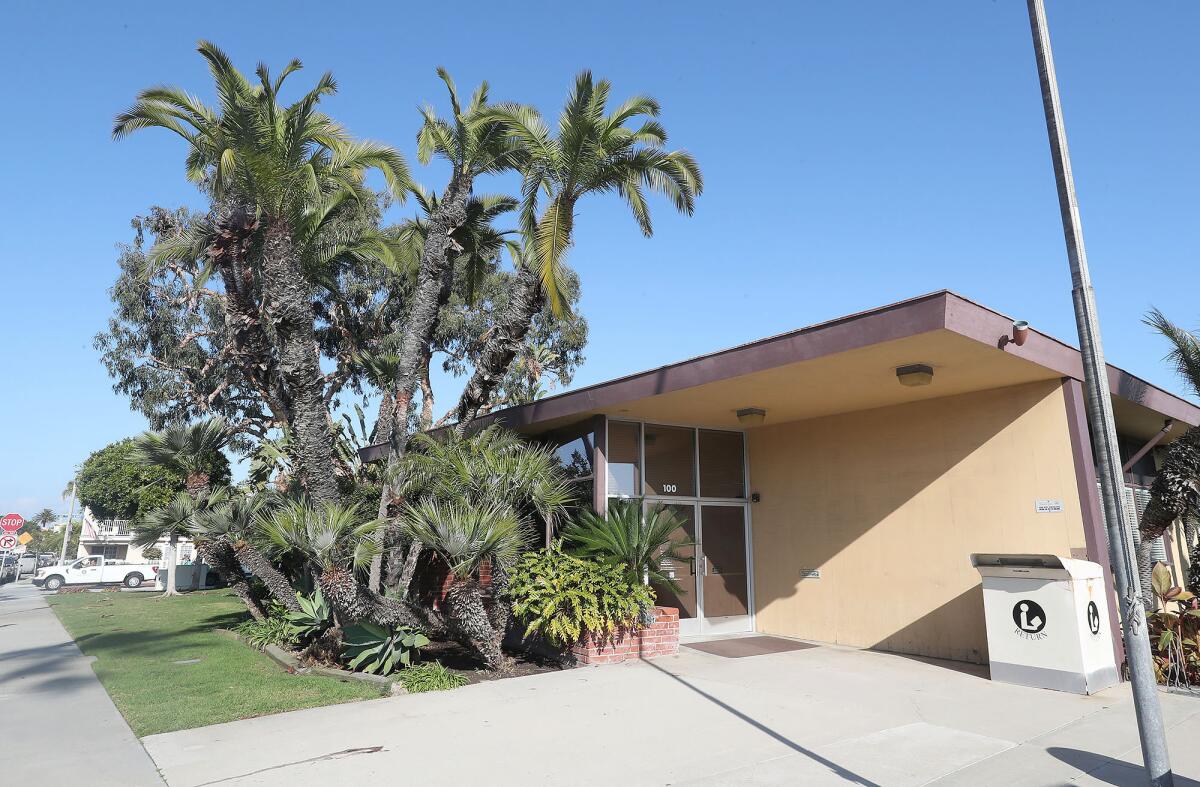
“There are homes that they’ve been going to year after year after year when they have less and less places to roost to have their babies. Of course, you want to preserve what you can and hope that [the city] mitigates and comes up with new ideas,” McGuire said. “It’s a huge impact for the breeding population for great blue herons in this area. As we are developing more and more of our Orange County and everywhere along the coast, we’re taking away their habitat and their home.
“Maybe we’re all living in an apartment complex. They decide to move us out and put something expensive that we can’t live in … that’s the same thing we’re doing to them.”
McGuire said it would take some time for any trees planted to mitigate the impacts of the removal of the eucalyptus. She said great blue herons tend to rebuild their nests as opposed to making entirely new ones and noted the displacement would mean that they’d have to start from scratch. She noted the Newport Dunes, upper Newport Bay and the Bolsa Chica Wetlands as places where the birds tend to roost in when the time comes to nest.
“Hopefully, the [U.S.] Fish and Wildlife Service will have some ideas, but we’re just taking away way too much habitat from this wildlife,” said McGuire. “Way too much. And for what? In this instance, it’s for public safety and they want to do something for the fire station. Public safety, of course; we don’t want our fire station to be non-operational. But at the same time, we want to co-exist and decrease our conflict with nature and the animals that live there.
“We seem to sometimes go the wrong way with that.”
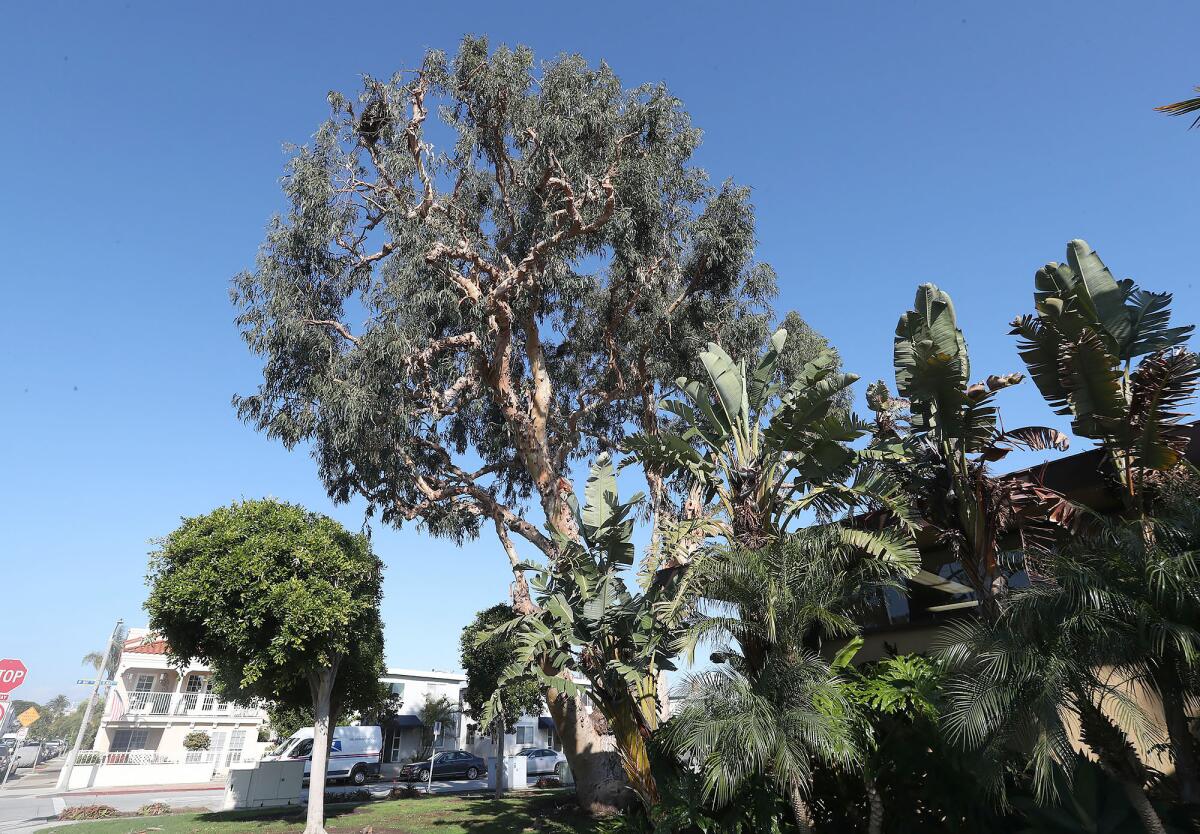
All the latest on Orange County from Orange County.
Get our free TimesOC newsletter.
You may occasionally receive promotional content from the Daily Pilot.




